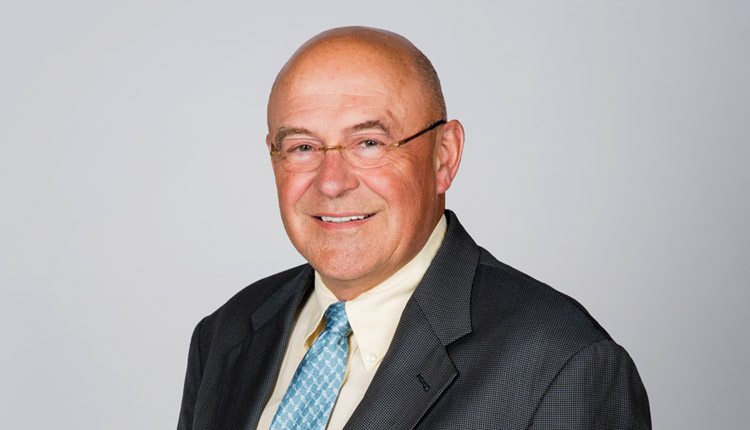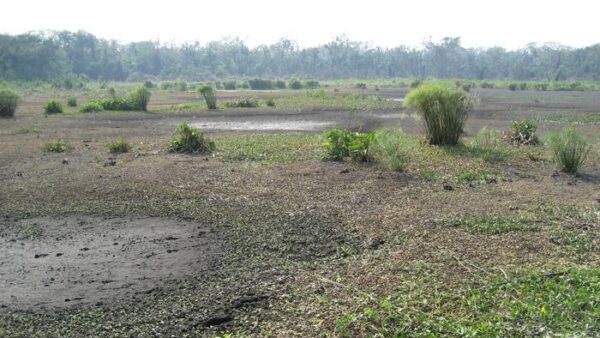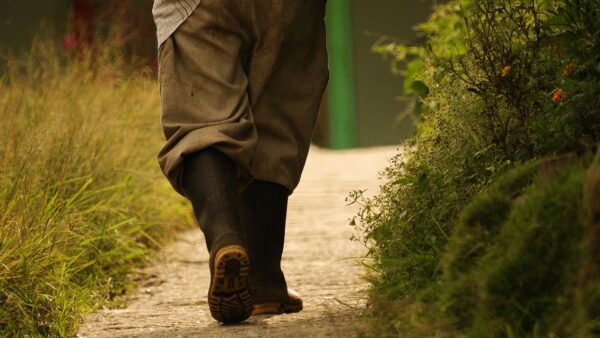When it comes to communicating about GMOs and other modern agricultural practices, some say it’s too little and too late. A pioneer in the development of this technology, Robb Fraley shares what he has learned in having these conversations.
Back in the 1990s when products such as Roundup Ready soybeans were new, Robb Fraley, Monsanto executive vice president and chief technology officer, explains that researchers and the agricultural industry believed that the science would speak for itself and that the regulatory approvals were the end of the commercial process.
“Then we realized that there was a lot of work to be done to communicate to growers and get the technology adopted,” says Fraley, who helped pioneer the technology. That part went really well. GMO technologies are grown in 30 countries on about 25 percent of the world’s farmland. But questions around consumer acceptance and public acceptance still dominate conversations.
“We should have put more effort back then in talking to the public and really understanding that seeds are the beginning of the food chain,” Fraley says. “We have a responsibility and obligation to address the public’s questions, and now we’re doing that. Unfortunately, it’s a little late, but I see lots of opportunity and lots of progress.”
Today, Fraley is the face of biotechnology and is often asked to speak about his experience, discuss the science and participate in debates. He continues to answer questions and works to educate consumers and the general public. Through these activities, he’s learned what works and what doesn’t.
“What was really important for me to think about is that there are extreme voices on both sides of this debate,” Fraley says. “There are critics who will never like new ag technologies or GMOs, and there are advocates, like myself. But there’s a group in the middle, probably 80 percent or so, who are just interested in learning more about food, how food is produced, how it’s nutritious and how it’s affordable. That’s the group that we need to speak to. When I see us doing that, we can change views, we can change attitudes and people understand. That’s the first thing.”
Common Ground
Fraley has also learned the value of being able to connect.
“The second thing I’ve learned is that when we have those conversations — as a scientist it’s hard for me to say — but science is second,” he says. “This is really about trust and establishing a connection. Finding a common ground is what I speak a lot about. Some people care about food nutrition and affordability for their families, and that’s a great conversation. Some folks think about a growing world and feeding people who are not as fortunate, … and that’s a great basis for a conversation. Others really focus on the environment and how we can use technologies to minimize the impact that agriculture has on the environment.
“In these dialogues, it is so important to find that common ground and build on that. Then talk about the science and the tools.”













